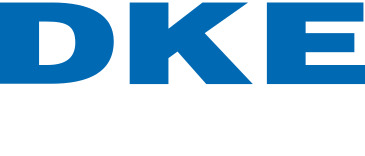Environmental testing - Part 2-1: Tests - Test A: Cold
IEC 60068-2-1:2007 Deals with cold tests applicable to both non heat-dissipating and heat-dissipating specimens. For non heat-dissipating specimens, Tests Ab and Ad do not deviate essentially from earlier issues. Test Ae has been added primarily for testing equipment that requires being operational throughout the test, including the conditioning periods. The object of the cold test is limited to the determination of the ability of components, equipment or other articles to be used, transported or stored at low temperature. Cold tests cover by this standard do not enable the ability of specimens to withstand or operate during the temperature variations to be assessed. In this case, it would be necessary to use IEC 60068-2-14. The cold tests are subdivided as follows:- Cold tests for non heat-dissipating specimens: * with gradual change of temperature, Ab. - Cold test for heat-dissipating specimens: * with gradual change of temperature, Ad,* with gradual change of temperature, specimen powered throughout, Ae.The procedures given in this standard are normally intended for specimens that achieve temperature stability during the performance of the test procedure. Temperature chamber(s) are constructed and verified in accordance with specifications IEC 60068-3-5 and IEC 60068-3-7. Further guidance for dry heat and cold tests can be found in IEC 60068-3-1 and general guidance in IEC 60068-1. This sixth edition deals with cold tests applicable both to non heat-dissipating and heat-dissipating specimens. For non heat-dissipating specimens, Tests Ab and Ad do not deviate essentially from earlier issues. Test Ae has been added primary for testing equipment that requires being operational throughout the test including the conditioning periods.

IEC 60068-2-1:2007Environmental testing - Part 2-1: Tests - Test A: ColdTC 104 Additional informationDownloadHardcopyEnglish/FrenchCHF 70.-Add to cartDo you need a multi-user copy?
https://webstore.iec.ch/publication/502
